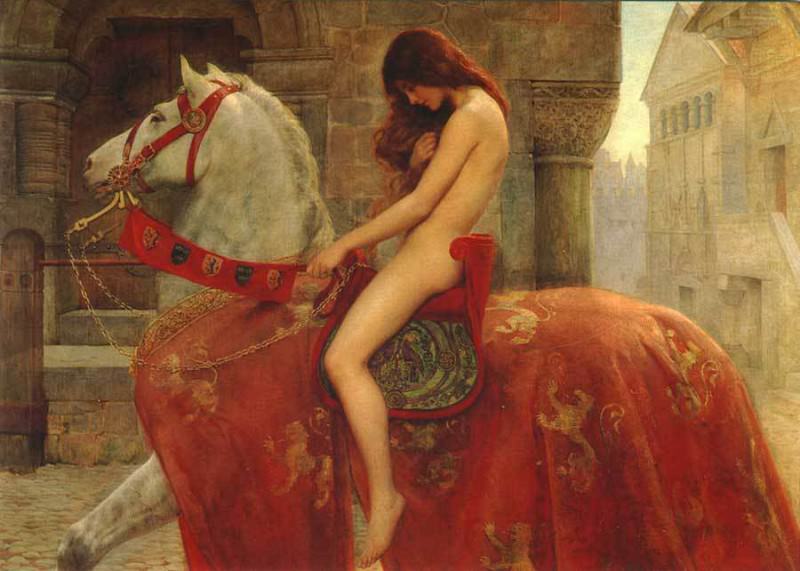The Artistic Journey of Niki de Saint Phalle
Niki de Saint Phalle was a visionary artist whose work spanned across numerous mediums, challenging societal norms and exploring deep personal themes. Her journey through the art world was marked by bold experimentation, vibrant colors, and an unyielding commitment to expressing her innermost thoughts and emotions.
Early Life and Influences
Born on October 29, 1930, in Neuilly-sur-Seine, France, Niki de Saint Phalle, christened Catherine-Marie-Agnès Fal de Saint Phalle, had a tumultuous childhood. Her family relocated to the United States during the Great Depression, where she experienced both privilege and trauma. These early experiences profoundly influenced her art, which often delved into themes of family, femininity, and personal liberation.
Breakthrough with the Tirs Series
In the 1960s, Saint Phalle gained international recognition with her Tirs series. These works involved shooting at canvases laden with paint-filled balloons, creating spontaneous explosions of color. This radical method was both a cathartic release for Saint Phalle and a critique of traditional art forms. The Tirs were not merely performative acts; they were statements on violence, aggression, and the role of the artist as both creator and destroyer.
The Iconic Nanas
Perhaps the most famous of Saint Phalle’s creations are the Nanas, large-scale, colorful sculptures of voluptuous women. These figures celebrated the female form in all its diversity, challenging conventional beauty standards and gender roles. The Nanas were more than just sculptures; they were symbols of empowerment and joy. They stood as vibrant, unapologetic declarations of womanhood, often placed in public spaces to engage directly with the community.
Tarot Garden: A Monumental Legacy
One of Saint Phalle’s most ambitious projects was the Tarot Garden in Tuscany, Italy. Inspired by Antoni Gaudí’s Parc Güell in Barcelona, the garden is a sprawling, fantastical landscape filled with massive sculptures representing the 22 Major Arcana of the Tarot deck. The project took decades to complete and stands as a testament to Saint Phalle’s dedication and artistic vision. Each structure within the garden is a blend of architecture, sculpture, and mosaic, creating an immersive experience that invites visitors to explore and reflect.
Exploring Themes of Myth and Fantasy
Throughout her career, Saint Phalle’s work was imbued with elements of myth and fantasy. Her sculptures, paintings, and installations often drew from a rich tapestry of cultural and personal mythology. This interplay of real and imagined narratives allowed her to address complex themes such as identity, spirituality, and transformation. Her art became a means of constructing a personal mythology that resonated on a universal level.
Confronting Personal Demons
Saint Phalle’s art was deeply personal, often reflecting her own struggles and triumphs. She was candid about her experiences with mental illness, abuse, and personal trauma, using her work as a means of healing and self-expression. This raw honesty lent her pieces a profound emotional depth, making them resonate with audiences on a deeply human level.
Public Art and Social Engagement
In addition to her studio work, Saint Phalle was passionate about public art. She believed in the power of art to transform spaces and communities. Her large-scale public installations, such as the Stravinsky Fountain in Paris and the Sun God at the University of California, San Diego, are celebrated for their accessibility and playful engagement with the public. These works are not only visually striking but also serve as points of cultural and social interaction.
Collaboration and Influence
Saint Phalle often collaborated with other artists, most notably her partner Jean Tinguely. Together, they created kinetic sculptures that combined Saint Phalle’s bold aesthetic with Tinguely’s mechanical ingenuity. These collaborations expanded the possibilities of both their practices, resulting in dynamic works that blended movement, sound, and color. Saint Phalle’s influence can be seen in the work of contemporary artists who continue to explore themes of gender, identity, and social justice through bold, experimental practices.
Later Years and Continued Innovation
In her later years, Saint Phalle continued to innovate, exploring new materials and techniques. She delved into printmaking, jewelry design, and even film, demonstrating an unrelenting curiosity and a refusal to be confined by any single medium. Her later works often reflected a sense of introspection and legacy, as she looked back on her life and career with both celebration and critique.
Legacy and Impact
Niki de Saint Phalle’s legacy is one of fearless creativity and profound impact. Her work continues to inspire and challenge, reminding us of the power of art to confront, heal, and transform. She left behind a body of work that not only delights the senses but also engages the mind and soul, inviting us to explore our own narratives and identities.
Conclusion
Niki de Saint Phalle’s art is a testament to her unique vision and indomitable spirit. Through her groundbreaking work, she broke barriers and opened new avenues for artistic expression. Her legacy lives on in the vibrant, joyful, and thought-provoking pieces she created, each one a reflection of her journey as an artist and a woman.

















